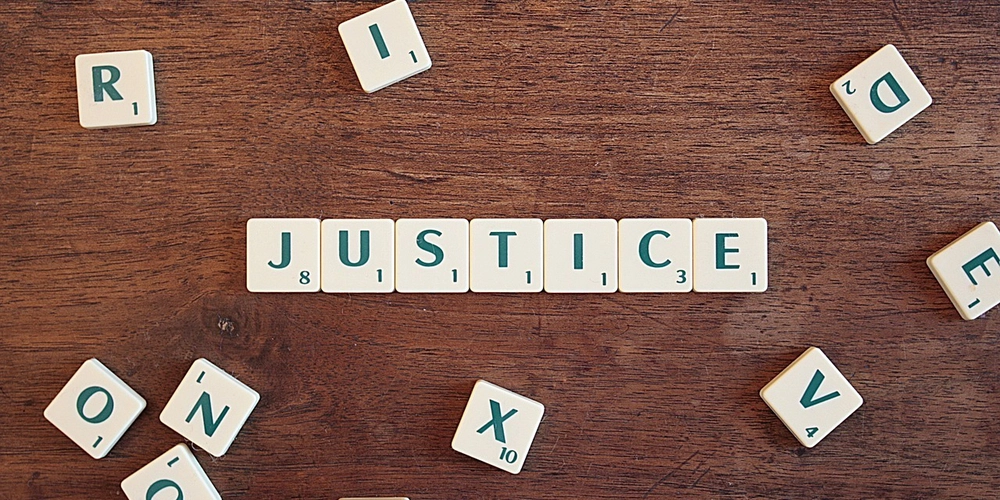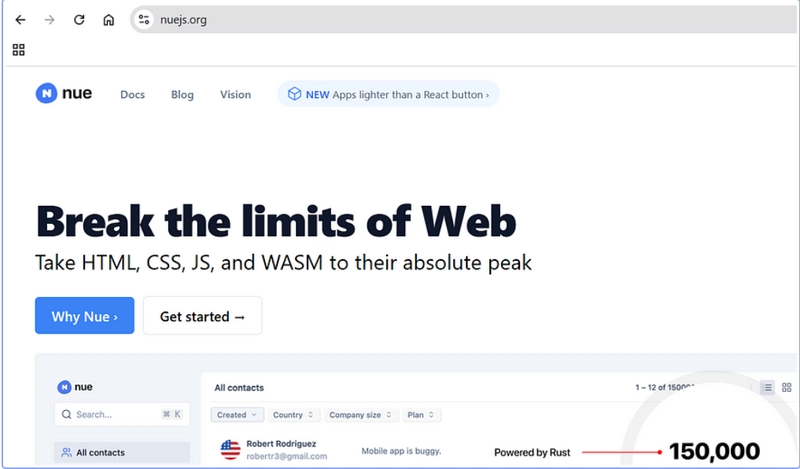Understanding Public Interest Litigation (PIL) in India: A Guide for Citizens
Public Interest Litigation (PIL) has revolutionized the Indian legal landscape by allowing citizens to address social injustices and government accountability. Whether it's environmental concerns, human rights violations, or policy reforms, PIL serves as a powerful tool to bring about change. Let's look into the essentials of PIL in India, its significance, landmark cases, and how organizations like MiddleMenAsia are simplifying the legal process. Why PIL Matters? PIL is not just a legal mechanism; it is a means for ordinary citizens to demand justice. It empowers individuals and organizations to: Hold the government accountable Advocate for policy reforms Protect fundamental rights Address environmental and social issues With a well-filed PIL, even a common citizen can challenge injustice at the highest levels. Parties Involved in a PIL A PIL typically includes: Petitioners – Individuals or organizations bringing the case forward. Respondents – Government authorities or entities against whom the PIL is filed. Intervenors – Third parties with vested interests in the case. Understanding these roles is crucial for effectively filing a PIL. Procedural Aspects of PIL One of the defining features of PIL in India is the relaxation of locus standi, which means anyone can file a case in the interest of the public, not just the aggrieved party. The key legal provisions supporting PIL include: Types of Writs – Habeas Corpus, Mandamus, Prohibition, Certiorari, Quo Warranto Legal Remedies – Compensation, policy changes, and directives to authorities This procedural flexibility ensures that PIL remains accessible to the masses. Landmark PIL Cases in India Several landmark cases have shaped the PIL framework in India, including: M C Mehta v. Union of India (1986) – The Oleum Gas Leak case led to stricter environmental laws. People’s Union for Civil Liberties v. Union of India (2003) – Highlighted human rights violations under military laws. Consumer Education and Research Center v. Union of India (1995) – Strengthened the right to health and workplace safety. These cases highlight how PIL has been instrumental in enforcing accountability and social justice. Legal Framework of PIL in India The Indian Constitution and various laws provide the foundation for PIL, including: Article 21 – Right to life and personal liberty Article 32 & 226 – Right to approach the Supreme Court and High Courts for enforcement of rights respectively Article 39A – Equal justice and free legal aid CrPC & Environmental Protection Act (1986) – Provide procedural support for PIL cases Challenges & Criticism of PIL Despite its benefits, PIL has its fair share of challenges: Misuse – Some file PILs for personal or political gains. Judicial Backlogs – Courts are already overburdened, leading to delays. Bias & Adjournments – Frequent case adjournments reduce PIL effectiveness. However, organizations like MiddleMenAsia are working to address these issues by making the legal process transparent and efficient. Guide to Filing a PIL in India Filing a PIL involves several crucial steps: Eligibility Criteria – Anyone acting in the public interest can file a PIL. Court Selection – Depending on the case, approach the Supreme Court or High Court. Drafting the Petition – Clearly state the grievance, legal grounds, and relief sought. Filing the Petition – Submit it along with supporting documents. Legal Representation – Seeking expert assistance ensures a well-prepared case. Need Legal Help? If you’re unsure how to proceed, MiddleMenAsia simplifies the process by connecting petitioners with expert legal aid while saving costs and time. Their AI-driven legal services ensure transparency, efficiency, and fair representation. Final Thoughts: The Future of PIL in India Public Interest Litigation remains a beacon of hope for justice in India. However, to ensure its effectiveness, responsible usage and legal support are essential. Organizations like MiddleMenAsia are making legal aid more accessible, bridging the gap between citizens and the judiciary. With the right knowledge and assistance, PIL can continue to be a powerful tool for change. If you wish to make a difference, understanding PIL is the first step toward justice. Further Reading & Resources: Get the e-book on PIL for free on Amazon. Support Mental Health Education Awareness- sign the petition today and make a difference! Check out MiddleMenAsia for AI-powered legal support, effortless PIL filing, and transparent lawyer-client interactions.

Public Interest Litigation (PIL) has revolutionized the Indian legal landscape by allowing citizens to address social injustices and government accountability. Whether it's environmental concerns, human rights violations, or policy reforms, PIL serves as a powerful tool to bring about change. Let's look into the essentials of PIL in India, its significance, landmark cases, and how organizations like MiddleMenAsia are simplifying the legal process.
Why PIL Matters?
PIL is not just a legal mechanism; it is a means for ordinary citizens to demand justice. It empowers individuals and organizations to:
- Hold the government accountable
- Advocate for policy reforms
- Protect fundamental rights
- Address environmental and social issues
With a well-filed PIL, even a common citizen can challenge injustice at the highest levels.
Parties Involved in a PIL
A PIL typically includes:
- Petitioners – Individuals or organizations bringing the case forward.
- Respondents – Government authorities or entities against whom the PIL is filed.
- Intervenors – Third parties with vested interests in the case.
Understanding these roles is crucial for effectively filing a PIL.
Procedural Aspects of PIL
One of the defining features of PIL in India is the relaxation of locus standi, which means anyone can file a case in the interest of the public, not just the aggrieved party. The key legal provisions supporting PIL include:
- Types of Writs – Habeas Corpus, Mandamus, Prohibition, Certiorari, Quo Warranto
- Legal Remedies – Compensation, policy changes, and directives to authorities
This procedural flexibility ensures that PIL remains accessible to the masses.
Landmark PIL Cases in India
Several landmark cases have shaped the PIL framework in India, including:
- M C Mehta v. Union of India (1986) – The Oleum Gas Leak case led to stricter environmental laws.
- People’s Union for Civil Liberties v. Union of India (2003) – Highlighted human rights violations under military laws.
- Consumer Education and Research Center v. Union of India (1995) – Strengthened the right to health and workplace safety.
These cases highlight how PIL has been instrumental in enforcing accountability and social justice.
Legal Framework of PIL in India
The Indian Constitution and various laws provide the foundation for PIL, including:
- Article 21 – Right to life and personal liberty
- Article 32 & 226 – Right to approach the Supreme Court and High Courts for enforcement of rights respectively
- Article 39A – Equal justice and free legal aid
- CrPC & Environmental Protection Act (1986) – Provide procedural support for PIL cases
Challenges & Criticism of PIL
Despite its benefits, PIL has its fair share of challenges:
- Misuse – Some file PILs for personal or political gains.
- Judicial Backlogs – Courts are already overburdened, leading to delays.
- Bias & Adjournments – Frequent case adjournments reduce PIL effectiveness.
However, organizations like MiddleMenAsia are working to address these issues by making the legal process transparent and efficient.
Guide to Filing a PIL in India
Filing a PIL involves several crucial steps:
- Eligibility Criteria – Anyone acting in the public interest can file a PIL.
- Court Selection – Depending on the case, approach the Supreme Court or High Court.
- Drafting the Petition – Clearly state the grievance, legal grounds, and relief sought.
- Filing the Petition – Submit it along with supporting documents.
- Legal Representation – Seeking expert assistance ensures a well-prepared case.
Need Legal Help?
If you’re unsure how to proceed, MiddleMenAsia simplifies the process by connecting petitioners with expert legal aid while saving costs and time. Their AI-driven legal services ensure transparency, efficiency, and fair representation.
Final Thoughts: The Future of PIL in India
Public Interest Litigation remains a beacon of hope for justice in India. However, to ensure its effectiveness, responsible usage and legal support are essential. Organizations like MiddleMenAsia are making legal aid more accessible, bridging the gap between citizens and the judiciary.
With the right knowledge and assistance, PIL can continue to be a powerful tool for change. If you wish to make a difference, understanding PIL is the first step toward justice.
Further Reading & Resources:
- Get the e-book on PIL for free on Amazon.
- Support Mental Health Education Awareness- sign the petition today and make a difference!
- Check out MiddleMenAsia for AI-powered legal support, effortless PIL filing, and transparent lawyer-client interactions.











































































































































































![[The AI Show Episode 142]: ChatGPT’s New Image Generator, Studio Ghibli Craze and Backlash, Gemini 2.5, OpenAI Academy, 4o Updates, Vibe Marketing & xAI Acquires X](https://www.marketingaiinstitute.com/hubfs/ep%20142%20cover.png)




























































































































![[DEALS] The Premium Learn to Code Certification Bundle (97% off) & Other Deals Up To 98% Off – Offers End Soon!](https://www.javacodegeeks.com/wp-content/uploads/2012/12/jcg-logo.jpg)


![From drop-out to software architect with Jason Lengstorf [Podcast #167]](https://cdn.hashnode.com/res/hashnode/image/upload/v1743796461357/f3d19cd7-e6f5-4d7c-8bfc-eb974bc8da68.png?#)








































































































.png?#)


































_Christophe_Coat_Alamy.jpg?#)
.webp?#)
 (1).webp?#)






































































































![Apple Considers Delaying Smart Home Hub Until 2026 [Gurman]](https://www.iclarified.com/images/news/96946/96946/96946-640.jpg)
![iPhone 17 Pro Won't Feature Two-Toned Back [Gurman]](https://www.iclarified.com/images/news/96944/96944/96944-640.jpg)
![Tariffs Threaten Apple's $999 iPhone Price Point in the U.S. [Gurman]](https://www.iclarified.com/images/news/96943/96943/96943-640.jpg)

































































































































